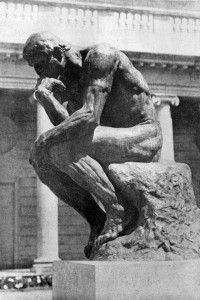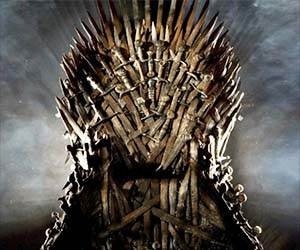Media Materialism
Media Materialism is a way of looking at technology from the past, now and the future and how it relates to culture.
Technology, Technique and Culture
‘Technology is the consolidation of knowledge, processes, skills and products whose aim is to control and transform’. Murphy and Potts
Technology
- Consolidation – tools, hammers, iphones, steps
- Processes – microwaves, text messages, code in computer.
- Skills – bricklaying, piloting, programming
Therefore technology is not just a tool, ‘it involves cultural values, ideologies and eithical concerns and it also shaped by political and economic developments.’
Technique
These are skills that are uniquely human like using a screw driver, mental process like mathematics. It is traditional in that it can be passed down through the generations.
Culture
- Identifying subgroups with the main culture eg. Youth culture, Italian culture, hackers etc.
- Characterising humanity. How we operate as a species.
- Creative expression such as art, film, books, music.
Does technology dictate culture and society as it progress?
Technology determines its own path. Eg. Bronze Age, Steam Age, Technology Age. It also it affects our destiny and the way we engage with the world.
With the invention of the camera, one film maker, Dziga Verto, saw it as a natural extension of thought it was an extension of his eye, brain and body. Here we have his film ‘Man with the Movie Camera’ by Dziga Verto
https://www.youtube.com/watch?v=z97Pa0ICpn8
Competing view is cultural materialism, in that we determine how we use technology. For example, the NRA claims that ‘people kill people, guns don’t kill people.’
Here is a video of technological materialism being re-determined by ‘culture’ (humanity).
TASK – BLOG O’CLOCK
Dan asked us to have a moment of stream of consciousness and ‘blog away’ by choosing a topic. I chose ‘Humanity is in charge of its own future…’
Not really. Look at the planet. It is going to hell in a hand basket despite knowing the consequences of our anthropogenic pollution that is melting icecaps, fouling the water, warming the planet, killing what we so need – life.
We’re too diverse. We are beset by short term needs and goals, those few in power fight and destroy humanity and the environment, countries, governments, social cohesion all for the bottom line. Nothing is going to change while we have governments being corrupted by big business and the selfishness that goes with it.
It could, however, if humanity could unify and agree it could be a wonderful future. Imagine, free renewable energy for everyone, integrated transportation, off the grid systems, companies that gave back to the community, built better worlds or mandated that the environment was a number one priority.
The rest of the lecture was about our final semester submission. We must talk about our top five posts and provide a final reflection.
To find a form that accommodates the mess, that is the task of the artist now.
Samuel Beckett (1906-1989).
REFLECTION
I’d never thought of technology in this way and its forms. I’ve always taken the view that technology will determine our future, in particular, the militarisation of artificial intelligence. That may be another argument to explore because we’re not far off from having a consolidated tool being able to use its skills and processes to determine our culture as well as its own. I was moved by the video Kara (above) ‘I want to live.’ Perhaps we will have a symbiotic relationship where we become part of technology and it becomes part of us.
I do relate to the above quote by Beckett. It is something I’ve been doing all my life with all my new art projects.








